Neuro Post-it 13: Exercise and the Brain
A new series of neuroscientific digestible insights! Written in collaboration with Amirali Banani.
Listen to this while reading:
When we think of exercise, we often tend to think about enhancing physical strength, cardiovascular health, mobility—really anything that makes us more physically formidable and agile. But we often neglect the significant role that exercise plays on our brain and broader nervous system.
In this edition of Neuro Post-it, we’ll be going over the massively understated role that exercise plays in boosting brain health. Prepare to have your mind blown once again as we explore the fascinating neuroscientific effects of working out 💪🏼
Movement and not just physical health—but more importantly, mental health—go hand in hand. Moving your body for even just 20 minutes a day can help improve your mood and focus, keeping your blood flowing and your mind glowing.
So where does the magic in exercise lie? Well, it’s a combination of a plethora of neurochemical factors.
For one, it’s relieving. There’s a chemical reason that exercise makes you feel better and uplifts your mood. And this is because of—yes, you guessed it—endorphins. Endorphins don’t just act as natural painkillers. They literally boost your mental clarity and confidence, helping you think more clearly and feel motivated to do whatever it is that you want to do. So the next time you have brain fog or lack the motivation to do something, go on a run, lift weights, swim—even a brisk walk can help. While more intense workouts do lead to higher levels of endorphin release and are thus more effective in improving your focus and confidence, lighter workouts that involve simply moving your body—and not sitting at a desk all day or being a couch potato—can still be transformative.
How exactly do endorphins do this? Like other endogenous opioid peptides, endorphins bind to opioid receptors in the brain and other parts of the nervous system—specifically, the μ-opioid receptors—initiating a signalling cascade that, simply put, inhibits pain signal transmission and increases dopamine production. How exactly does it inhibit the transmission of pain signals while boosting dopamine release? By preventing the release of substance P, a widespread neurotransmitter that transmits pain signals, and simultaneously inhibiting GABA to allow dopamine to be released by dopaminergic neurons. Of course this is a surface-level explanation of how it works, otherwise there is an incredible deep level of complexity that underlies it.
Let’s go more in depth now.
The crucial role of BDNF: your brain’s miracle-gro
As we discussed in Neuro Post-it 8 about brain health and longevity, exercise—like reading a book, playing an instrument, or learning a new language—promotes plasticity and therefore can boost your memory and learning. To review, it does this by promoting the release of brain-derived neurotrophic factor (BDNF) which you learned about earlier. What we haven’t talked about yet is how this actually happens—and it’s quite fascinating.
As you know, when you exercise you apply physiological stress on your muscles and other tissues, and this triggers the production of BDNF in places like your skeletal muscles and your liver. Okay, those aren’t related to the brain and aren’t necessarily part of the nervous system. So how does exercise-induced BDNF affect your brain then? Once they’ve been secreted by parts of your body that respond to the physiological stress from exercise, these neurotrophic factors are transported by the blood to the brain where they exert their effects—and blood flow itself increases with exercise, which leads to even more BDNF transport to the brain.
Now, how does BDNF boost plasticity in the brain? It activates receptors called TrkB, located on many neurons throughout the central and peripheral nervous systems, and triggers common signaling pathways such as PLC-γ and MAPK that promote an influx of calcium ions. This calcium influx then activates CAMKII (a kinase that plays a key role in intracellular signalling in the brain), which stimulates the subsequent neural pathways that influence neuronal development and plasticity of new neurons, while supporting the survival of existing neurons in the brain.
When you think of BDNF as the “growth hormone” of brain cells, it is safe to say that exercise is not just a way to grow muscles, but also a way to—literally—grow your brain.
Types of exercise and their effects on the brain
Different types of exercise affect the brain in different ways. And while they share similarities in the ways they affect the brain, there are notable and interesting differences, with some affecting certain aspects of cognitive function and health more than others.
Aerobics
Aerobic exercises are truly powerful. They seem to do nothing but good to the brain—and yeah, that’s pretty much the case. Here’s a quick rundown of just a few of the many brilliant ways that running, swimming, cycling, football, basketball, and literally any sport that involves high-intensity breathing affects our most capable, energy-hungry organ:
Enhances cerebrovascular health by boosting oxygen and nutrient delivery to the brain through improved blood circulation between the brain and body
Increases BDNF secretion, promoting neuroplasticity and neuronal development in the brain—ultimately increasing its capacity for processing information! Yeah, next time you run and feel like giving up, just remember that you’re literally boosting your brainpower by engaging in this incredibly impactful activity
Increases the volume of your hippocampus—fascinating right? Aerobic activity literally grows your hippocampus and increases its capacity for memory storage and spatial navigation
Together, aerobics improves memory and supports learning while delaying cognitive aging. So keep up the aerobic exercises and don’t sleep on them to stay young and sharp ;)
Resistance training
Believe it or not, but weightlifting and calisthenics does a lot more than increase muscle mass and strength. Just a glimpse of what resistance training does to your brain…
Supports executive function—more prominent in older adults. Moderate-intensity resistance training has been proven to improve working memory and cognitive flexibility in the short term, albeit with consistent training its effects can become long-lasting and more notable.
Increases levels of IG-1 (insulin-like growth factor 1)—a neurotrophic factor that plays a big role in neuroplasticity and promotes factors that protect the nervous system from injury and damage.
Enhances brain resilience, reducing its susceptibility to neurodegenerative diseases. How? By enhancing BDNF secretion to help with neuronal survival (yep, more BDNF! → and interestingly, it is produced in greater amounts with low-load, high-rep workouts), increased blood flow that keeps brain cells healthy and supports their growth, and reduced inflammation by reducing levels of inflammatory markers while enhancing immune function.
Boosts synaptic efficiency—with consistent resistance training, certain synapses strengthen over time with increased LTP (remember learning about this in Neuro Post-it 5 and 9?) leading to more quick and coordinated movements.
It’s mind-blowing that lifting weights can directly affect how well we solve problems and make decisions, and can even make us less susceptible to neurodegenerative disorders like Alzheimer’s and Parkinson’s. So the next time you don’t feel like working out, remember these facts and appreciate that you aren’t lifting weights just to build muscle.
Well, unless you consider the brain a muscle because of its capacity to adapt and grow, then it seems you can make an argument for that.
Mind-Body Exercises
When you combine physical movement with controlled breathing and focused attention, a few magical things happen neurologically:
You enhance DMN regulation—which, as you learned in our last Neuro Post-it and our fourth edition, promotes self-awareness and metacognition, allowing your brain to return to its “default mode” and think freely and more creatively without constant stimulation.
Reduces the activity of the amygdala—this can lower stress and anxiety levels significantly, allowing you to calm your nervous system and body as a whole.
Increases grey matter volume in the prefrontal cortex and the anterior cingulate cortex—this improves executive function, allowing you to improve your ability to plan, organize, focus, and think logically while regulating your emotions.
In fact, studies like this have shown that regular yoga boosts levels of the body’s main inhibitory neurotransmitter—GABA—which helps significantly in calming anxiety and depression while reducing the effects of overstimulation → which is why it is an especially helpful practice in a world of constant stimulation from digital overload and tremendous cognitive strain. Sometimes a mind-body reset is needed more than anything else, and exercises like yoga can help us achieve that beautifully.
High-intensity interval training (HIIT)
As the name suggests, HIIT involves short bursts of intense training followed by a brief period of rest. And such exercises have some surprisingly powerful neurochemical effects on the brain and body, as they can lead to…
activation of mitochondrial biogenesis in neurons—which, as you may know based on mitochondria’s crucial energy-production role, increases energy use in the brain’s neurons and thus improves their endurance.
a rapid and effective improvement in information-processing speed and working memory—after just a few weeks of HIIT, you train your neurons to process information faster by strengthening synaptic connections and amplifying LTP throughout your brain.
BDNF secretion in shorter time frames than traditional aerobic exercises.
a rapid increase in the production of catecholamines (such as dopamine and norepinephrine)—this can help you boost your attention and focus quickly → ****another fantastic natural remedy for brain fog!
As you could infer from some of its benefits stated above, high-intensity interval training can particularly be helpful for students or professionals who need an attention boost or help focusing to help elevate their productivity. So the next time your teacher or boss at work sees you doing mountain climbers and burpees with minimal breaks in between, tell them you’re taking a valued break from work to enrich your cognitive performance. And if they don’t understand why, teach them the neuroscientific benefits of HIIT exercises we’ve outlined above.
TL;DR
Working out has long-lasting advantageous effects that extend far beyond growing muscles, improving cardio, and other physical health benefits. It literally does wonders in our brain, making it even more capable of the incredible things it’s already capable of.
Imagine if there was a way to elevate your mood, relieve pain and stress and anxiety, boost your memory, increase your capacity for learning and processing information, delay aging and reduce your risk of developing daunting neurological disorders later in life, and improve your attention to enhance your cognitive performance on daily tasks—all at no cost and simply by moving your body. Such is the power of exercise.
And in putting in those steps and reps all while thinking about the muscle we gain or the cardiorespiratory fitness we enrich, it is important for us to be cognizant of the fact that we’re also investing in our ultimate health: the health of our brain.
Preserving your cognition and mobility well into old age is the greatest investment you can ever make in yourself. Remember that.






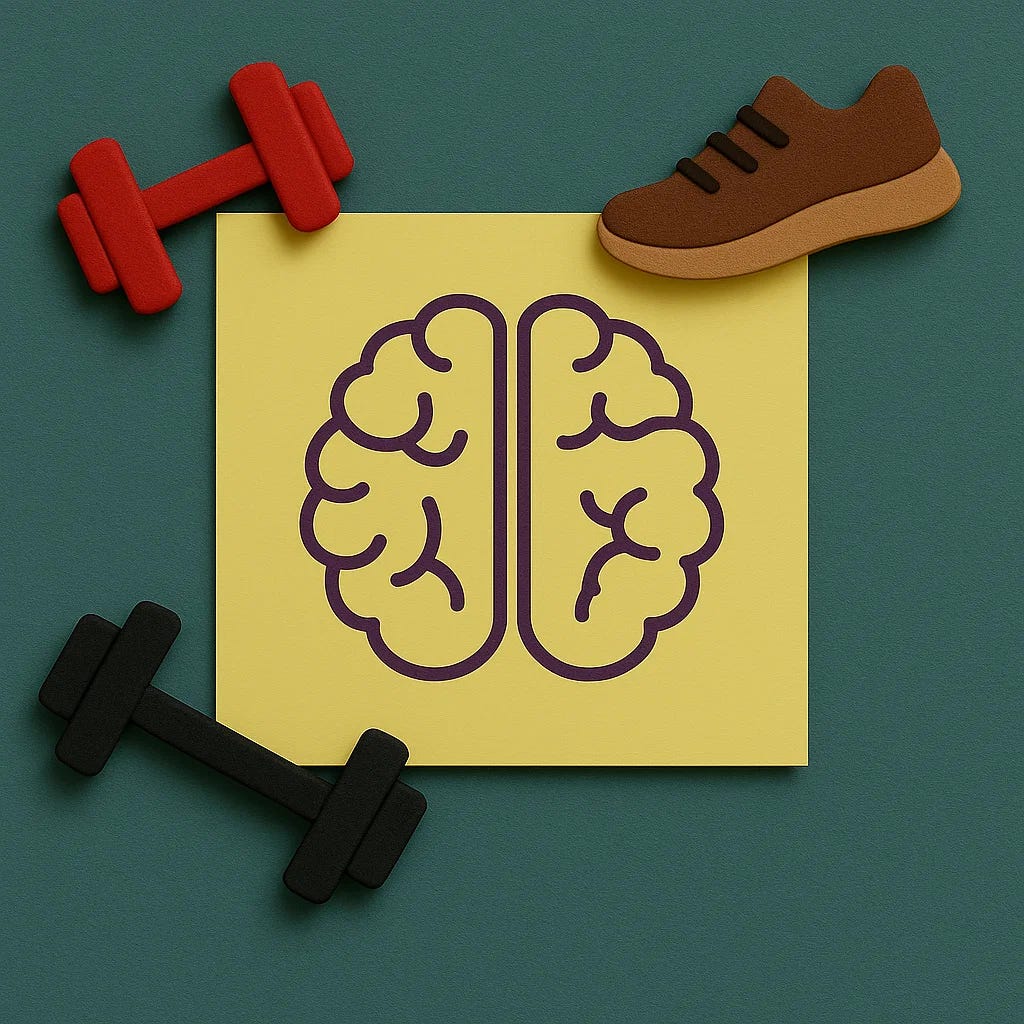
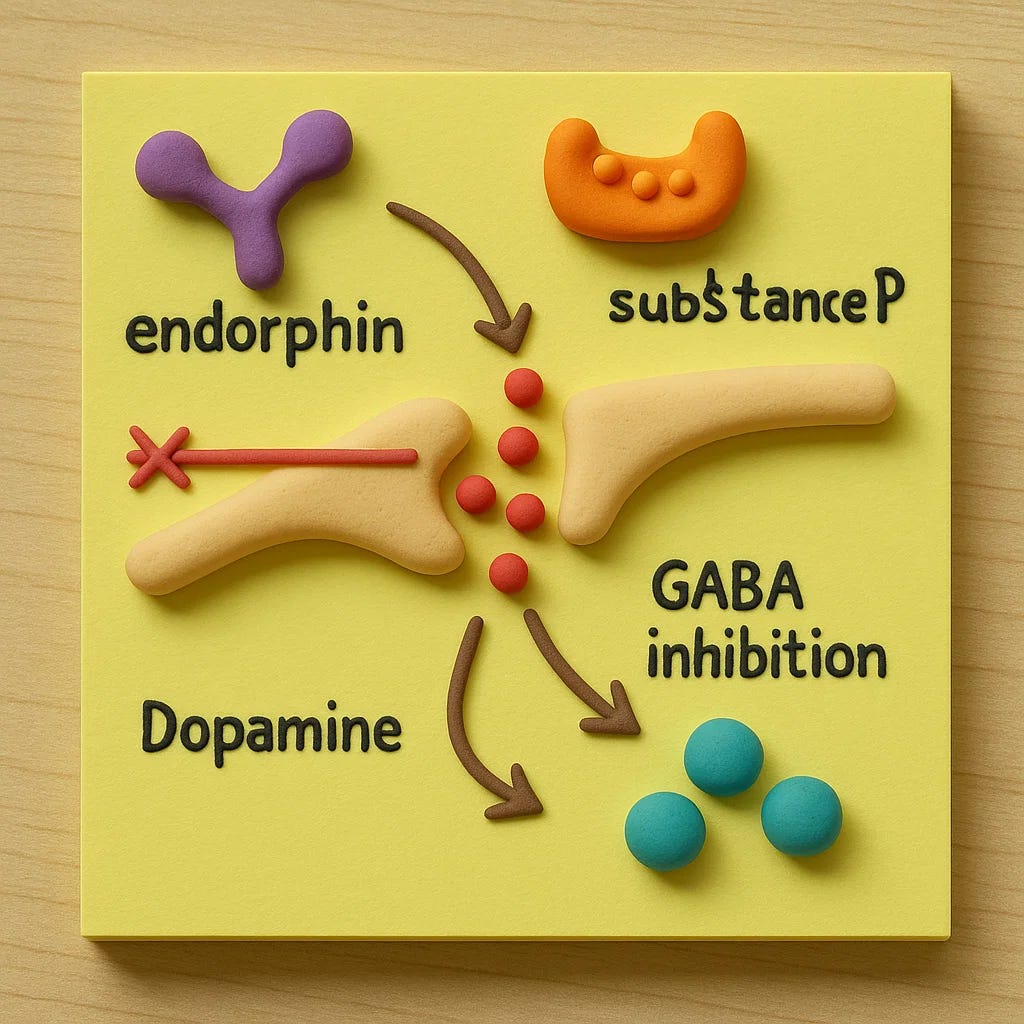
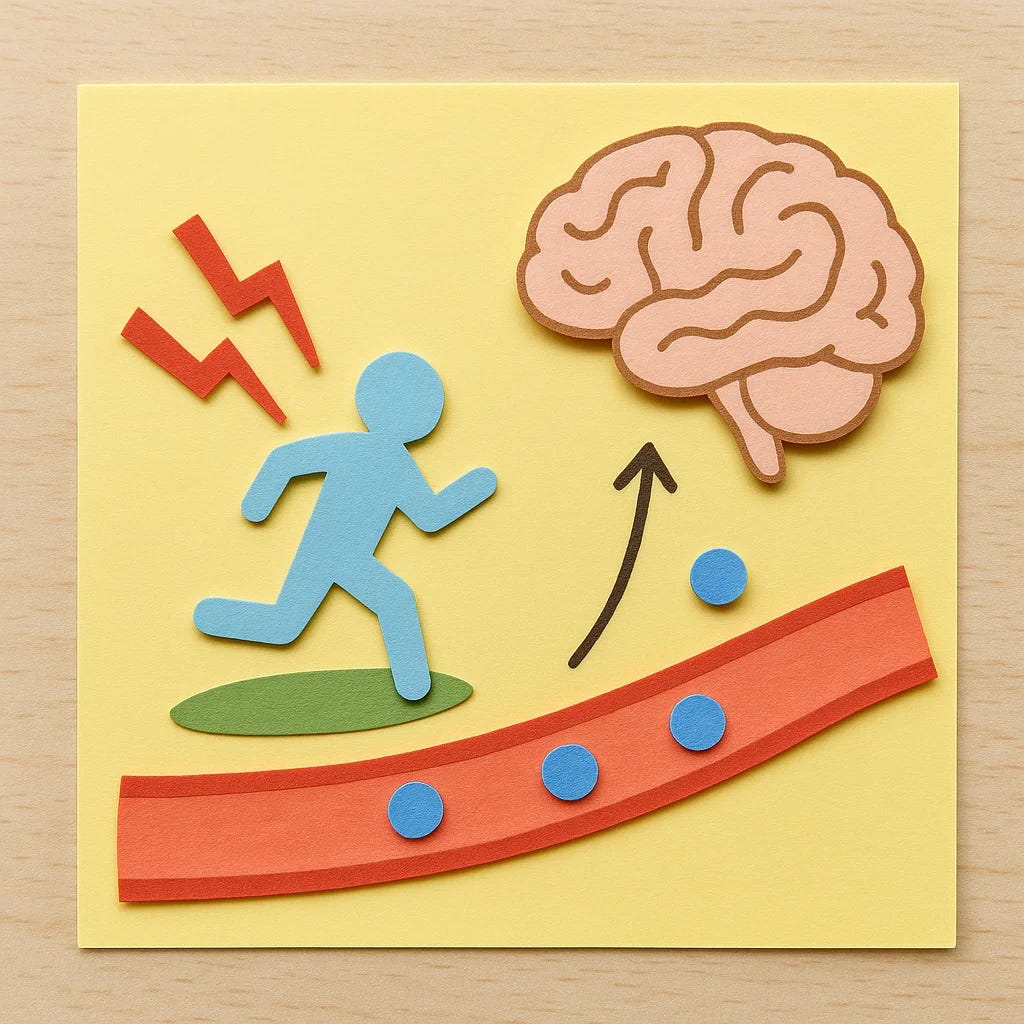
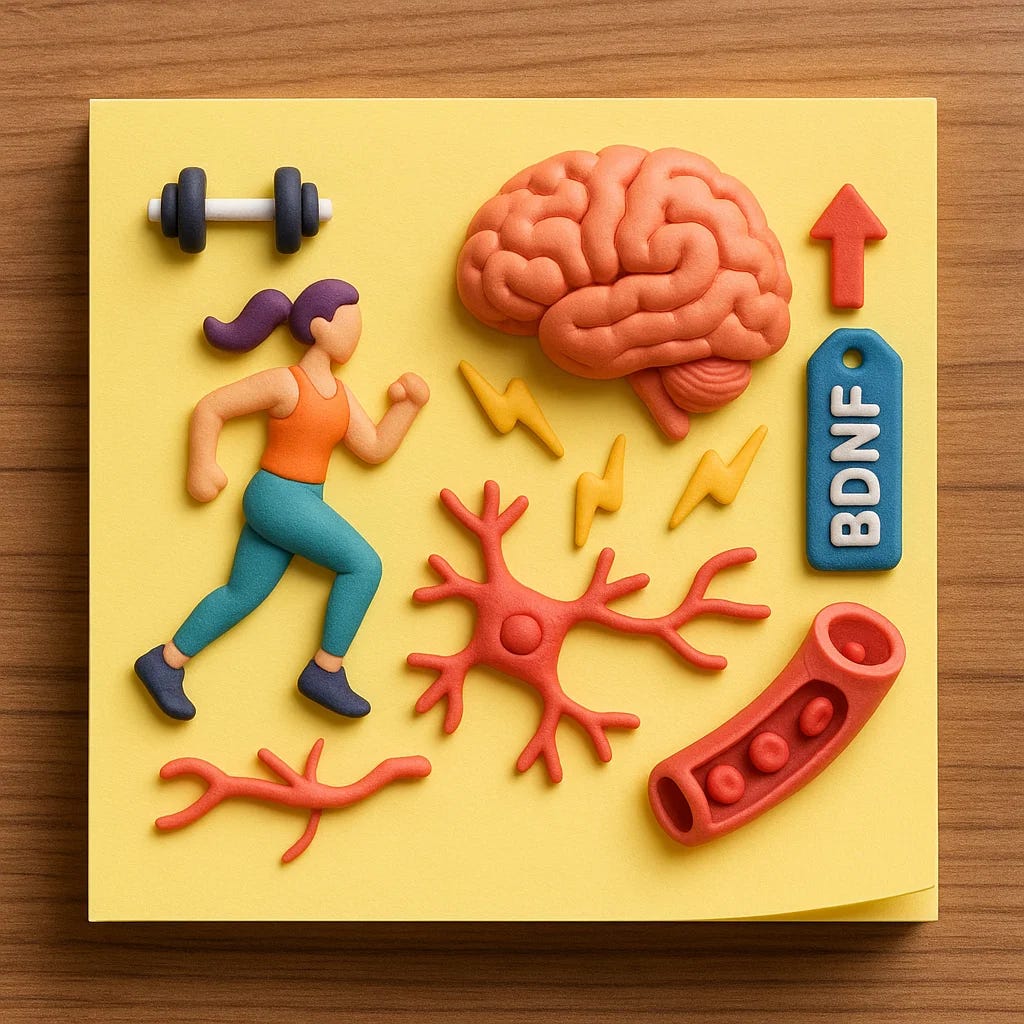
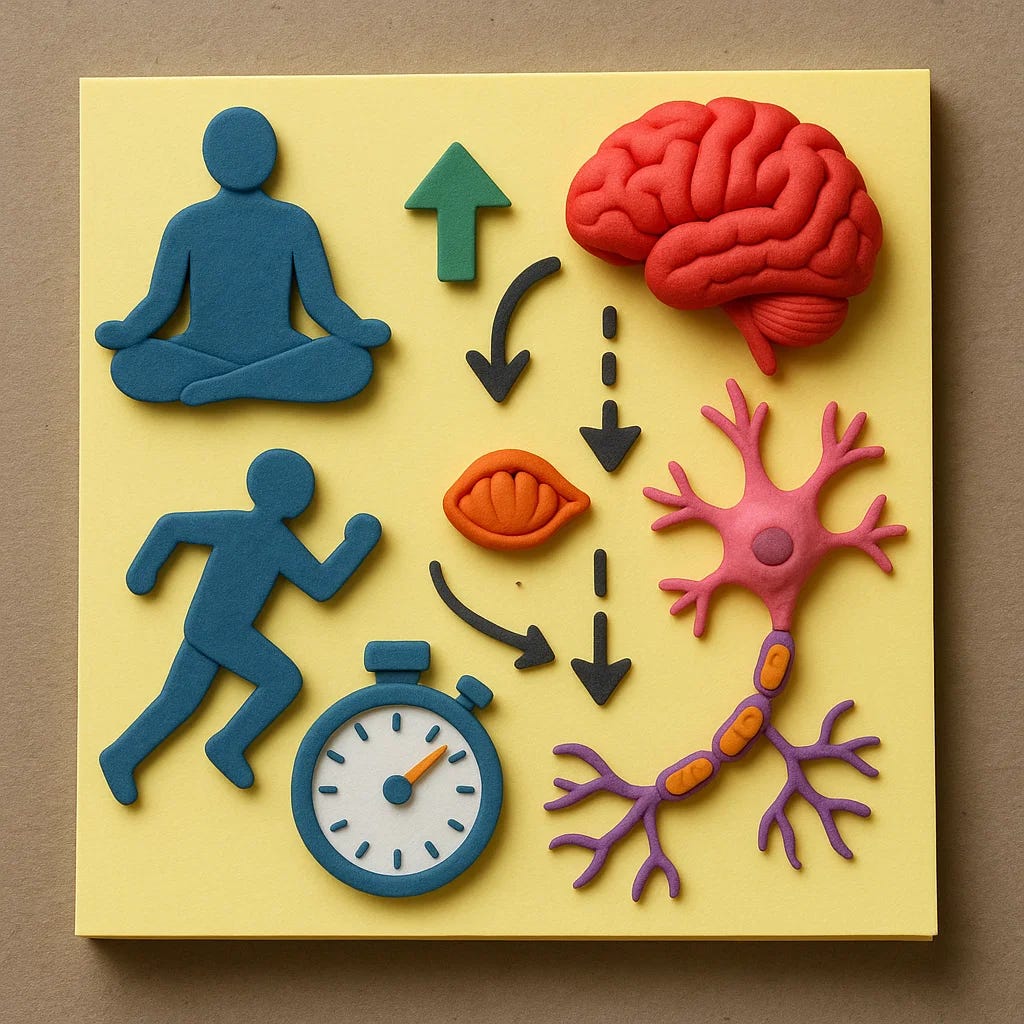

Great idea!! I think I'll upgrade my workout sessions.
Next, do creativity and the brain. #hobbies